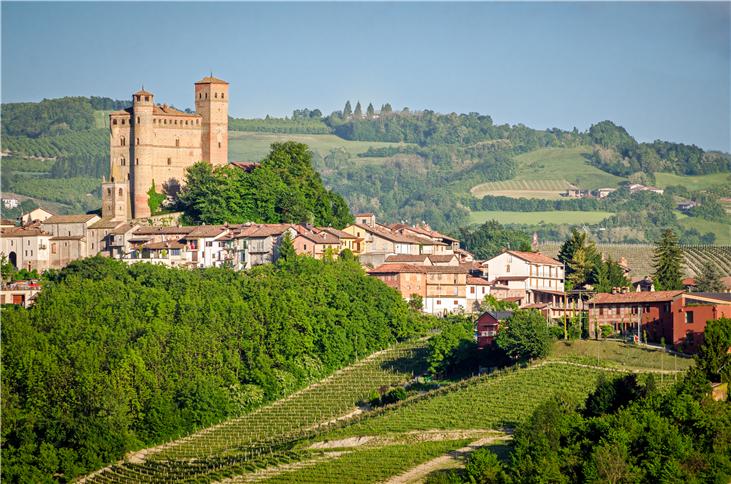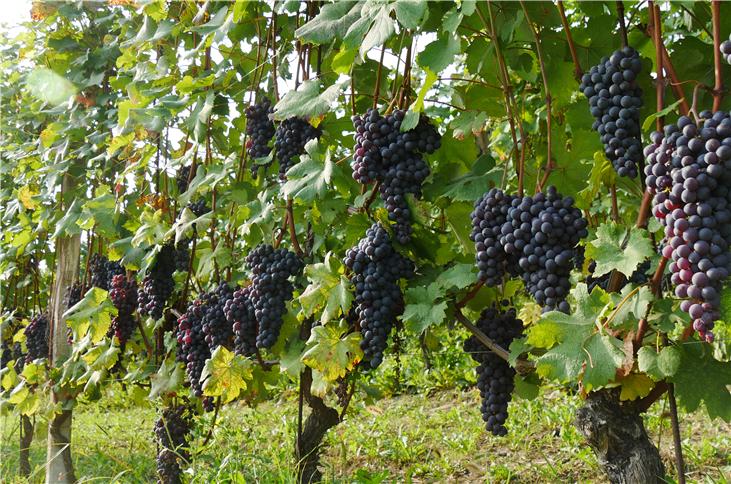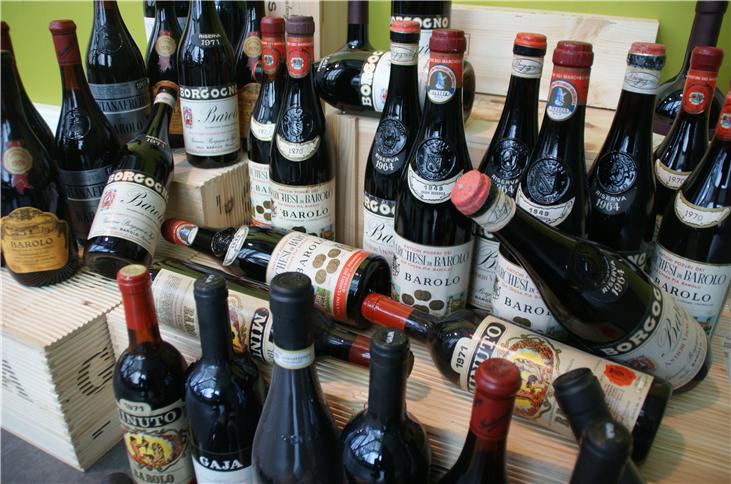Barolo is considered to be top choice in Italian wines. The wines are being produced in the Piedmont region of Italy and equally exceptional in taste as the French Bordeaux or Burgundy wines. Barolo wines are not the easiest wines as they are both subtle and bold, simple yet complex. This introduction will give you a better insight in Barolo’s heritage.
The region Barolo
The region Barolo is located in the northwestern Unesco-protected hilly area Langhe in Piedmont, which is to be considered one of Italy’s best wine regions. Langhe can be divided into two areas: the Serralunga Valley and the Central Valley with vineyards spread over the two valleys.
Barolo wines from the Serralunga Valley are more intense and demand a longer ageing period than the Barolo wines produced in the Central Valley, which is known for its softer and fruitier Barolo wines.
The grape Nebbiolo
Barolo wines are made from Nebbiolo, a historical grape in Piedmont. The name of the grape derives from the Italian word ‘nebbia’, which means fog and refers to the fact the grape is being harvested late October, during the first fog of fall. The grape is one of the firsts to undergo bud break but the last to be picked.
Nebbiolo is a small thin skinned red grape generally high in tannins and with a high acidity level. It’s important Nebbiolo grapes are ripe enough when harvested to avoid unripe, green and hard tannins. To smoothen the taste Barolo wines are ripened in wooden casks and need to age for many years (more on that later).
The wine Barolo
Barolo wines are full-bodied red wines. They are often compared to exclusive Pinot Noir or Burgundy wines because of their light brown-garnet pigments and bright acidity. As Barolo wines mature they lose their colour faster than other wines and become slightly more brown, but this doesn’t mean the wine doesn’t taste good, on the contrary. After decades the wine can be completely transparent but still perfect to drink.
The wines have a delicate and floral smell and may suggest a light wine, so the gripping high tannin may come as a surprise. Despite its high level of tannins the Barolo taste is praised because of its depth, rich flavour and notes of red fruits, truffles, earth and roses.
Winemaker Fontanafredda: “A Barolo wine is like a lovely person who needs to be discovered little by little. Every time you open a bottle of Barolo, it gives off unique emotions and sensations.”
The art of patience
All Barolo wines have the DOCG label because they have aged for at least 38 months (including 18 months in oak or wood) - and 62 months (including 18 months in oak or wood) to receive the Riserva label. Classic Barolos even require at least 10 years cellaring to tame the tannins and achieve the exquisite taste wine lovers are willing to wait for. The DOCG is an important quality assurance label for Italian wines and requires that the wine is produced within the specified region using defined methods.
The Barolo wars
Traditionally Barolo wines have to be produced from the Nebbiolo grape and aged in big oak or wooden casks for at least 18 months. Once bottled the wines require many more years to age and in the 1980’s some producers found this tradition too ‘intellectual’ and hard to sell: “Its kind of discouraging to know you buy a wine and have to put it away for at least 10 years.”
These modern winemakers adopted new techniques like reduced fermentation times and the use of new French barriques instead of the traditional large wooden casks. This resulted in a fruitier and easier wine and for 20 years divided Barolo producers in two camps. Yet this so called war became an opportunity to learn from each other and today both traditional and modern winemakers use modern techniques to produce Barolo wines of great quality.
Choose your favourite
An important consideration when choosing a Barolo wine is the area (Serralunga Valley or Central Valley), your personal preference in taste (classic versus modern) and the vineyard - and always look closely at the label.
There are 11 communes producing Barolo wines but some say only five truly matter: Monforte d’Alba, La Mora, Castiglione Falletto, Serralunga d’Alba, and Barolo. One famous Barolo producer is the Massolino family. They produce Barolo wines since 1896 and own 5 vineyards in Serralunga d’Alba and Castiglione Falletto. The Massolino Barolo is a profound wine that wonderfully balances intensity and freshness.
Make your pick
A filled wine cellar takes decades to achieve and a lot of patience. Besides wines for dinners or special occasions there’s always a long-term collection waiting to age gracefully. Barolo wines are perfect for everyone pursuing this dream as they need many years to age to perfection. If you have bought a wooden wine box it’s a joy to discover - after the minimum aging period - how the taste of a single year evolves year by year.
At Belgium Wine Watchers we offer a handpicked selection of exclusive Barolo wines ready to be served or perfect to age further in your wine cellar. From a mature DOCG Barolo Riserva 1950 to a younger DOCG Barolo 2010. Discover our selection of Barolo vintages and spoil yourself with one of Italy’s greatest wines.







